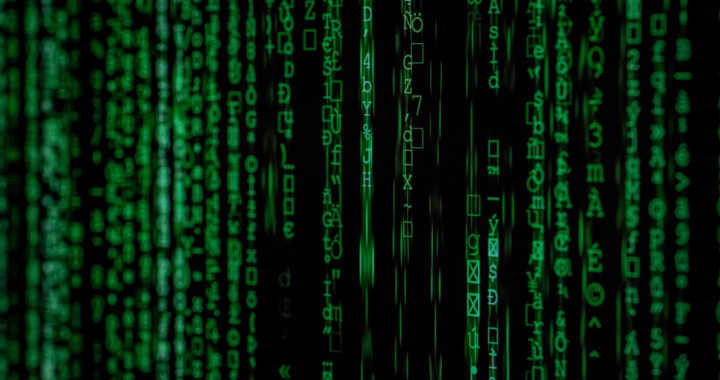Computer forensic analysts are investigation and cybersecurity professionals specializing in collecting and analyzing data about illegal online activity and cyber attacks. They employ incident analysis and data retrieval skills in cases that involve organized cyber crime, distribution of prohibited content, terrorism, fraud, and espionage.
Author Archives: EclipseForensics
Digital Forensics: What Is It?
What is Digital Forensics?
Digital forensics is the field of forensic science techniques that are based on recovering and investigating data from digital devices used in crimes—primarily cybercrimes. The word digital forensics was coined to replace the word computer forensics. It has been broadened to include the analysis of any gadgets that may store digital data. Even though the first cybercrime was documented in 1978, and the Florida Computer Act was passed the following year, it wasn’t until the mid-nineties that the phrase computer crime became widely known. Government initiatives on digital forensics did not arise until the early twenty-first century.
The method involves identifying, conserving, evaluating, and recording digital evidence. This is done so that the evidence can be presented in a criminal court if required for a particular case.
How Is Voice Identification Helping Solve Cases?
We all know the world is progressing faster than ever before, and we are in the age of digitalization. While this has numerous advantages, there are drawbacks too. Digitalization has given birth to crimes that have no physical evidence. These crimes are often referred to as cybercrimes. Hacking, threatening and online abuse, scamming, and other similar sorts of activities all come under cybercrime.
How Can Audio Forensics Reveal Your Secrets
Audio forensics is one of the latest innovative branches in scientific forensics. Audio forensics is designed to make unintelligible audio files understandable so that they can be used to help the case and provided as evidence in court. Advanced, modern software paired with trained and skilled audio engineers, and detectives and agents are involved in completing the whole process.
How Can Digital Forensics Help You Win A Case?
Digital forensics is the field of forensic science techniques that are based on recovering and investigating data from digital devices used in crimes, mainly cybercrimes. The word digital forensics was coined to replace the word computer forensics.
Digital forensics helps identify, conserve, evaluate, and record digital evidence. This is done so that the evidence can be presented in a criminal court if required for a particular case.
How to Re-Approach a Case You Lost in Court
One of the first things you should know about filing a new trial is that it’s dependent on a few rules and regulations but primarily Rule 59. It states that a motion for a retrial can be filed within 28 days of judgment, provided there’s new evidence or additional testimonies. Let’s assume you filed a motion for Rule 59, and it was passed.
Here’s how you should approach the new trial to get the result in your favor this time around.
Ways to Protect Yourself from the Rise in Digital Crime
Mobile devices and the internet are some of the biggest necessities in this digital age. However, people are looking for ways to scam, fraud, and exploit the system with this growing technology. Cybercrime has been on the rise lately, and it will keep increasing as technology grows.
Stopping the use of these devices isn’t an option, so we need to secure our online presence. The good thing is that there are certain precautions you can take to prevent yourself from being a victim of cybercrime. Let’s look at some of them.
How to Use CCTV to Your Advantage
There’s no doubt that with the rapid growth in digital technology, there have been newer, more advanced ways to record videos. This has also helped with closed-circuit television (CCTV) surveillance as well as the video recordings have gotten better in quality.
This allows these videos to be admissible in court, making them a reliable source of evidence. If you’re dealing with a lawsuit, then here are some reasons why CCTV footage can be of your advantage.
All the Details that Can be Extracted from Audio Evidence Analysis
Authentication of Audio files is one of the key functions in forensic sciences and many criminal investigations. Over the past few decades, audio recording has completely shifted from analog recording to digital recording, allowing more freedom for forensic experts to extract information. The details that can be extracted from audio files include:
Why is Criminal Activity on the Rise?
A criminal is not born a criminal. There are many factors at play that lead people to go down the path of crime. These factors include social, mental, and financial restraints. Yet again, every criminal is different in his manners of committing the crime. However, the theme of parental neglect and mental issues are regarded as the common reasons for criminal behavior.









